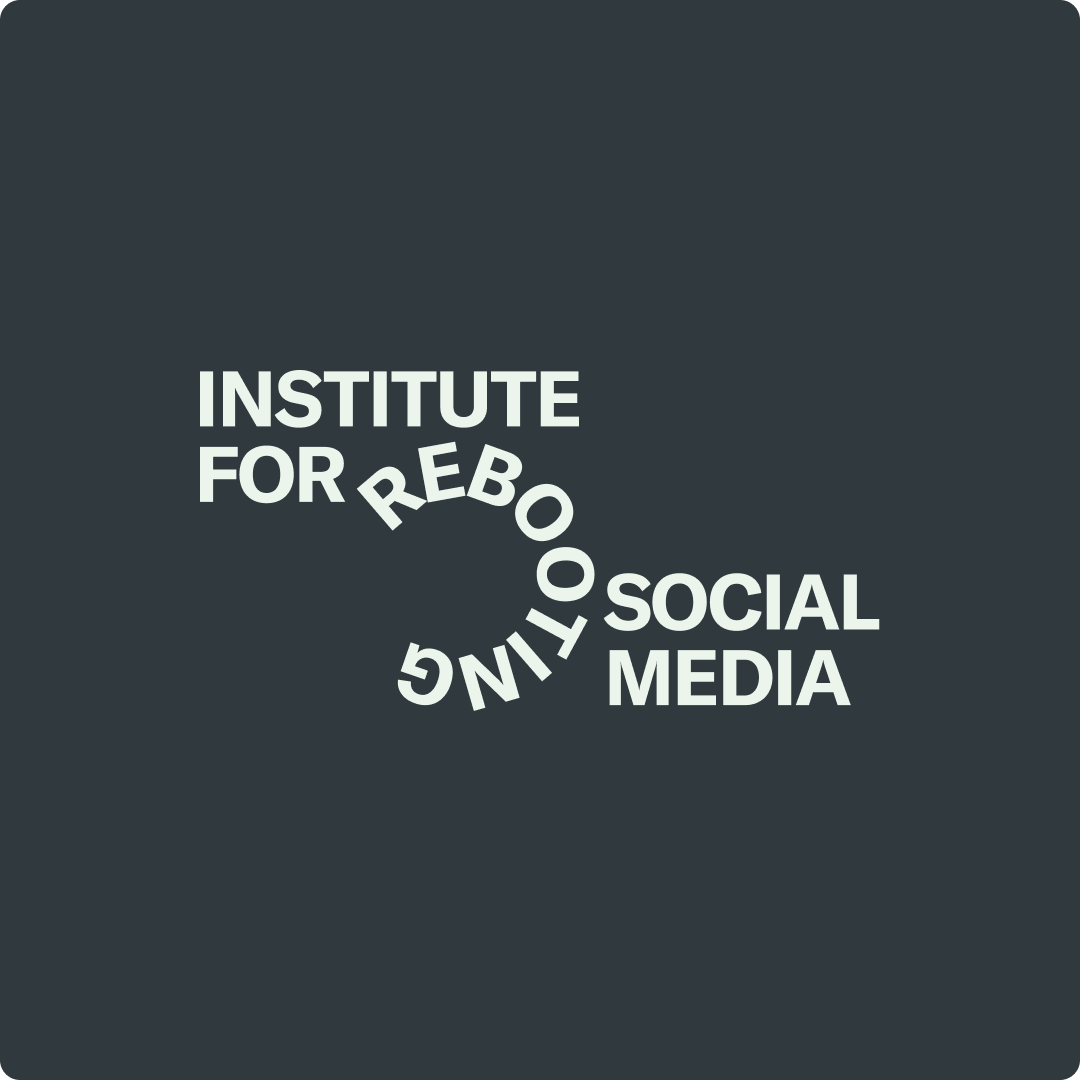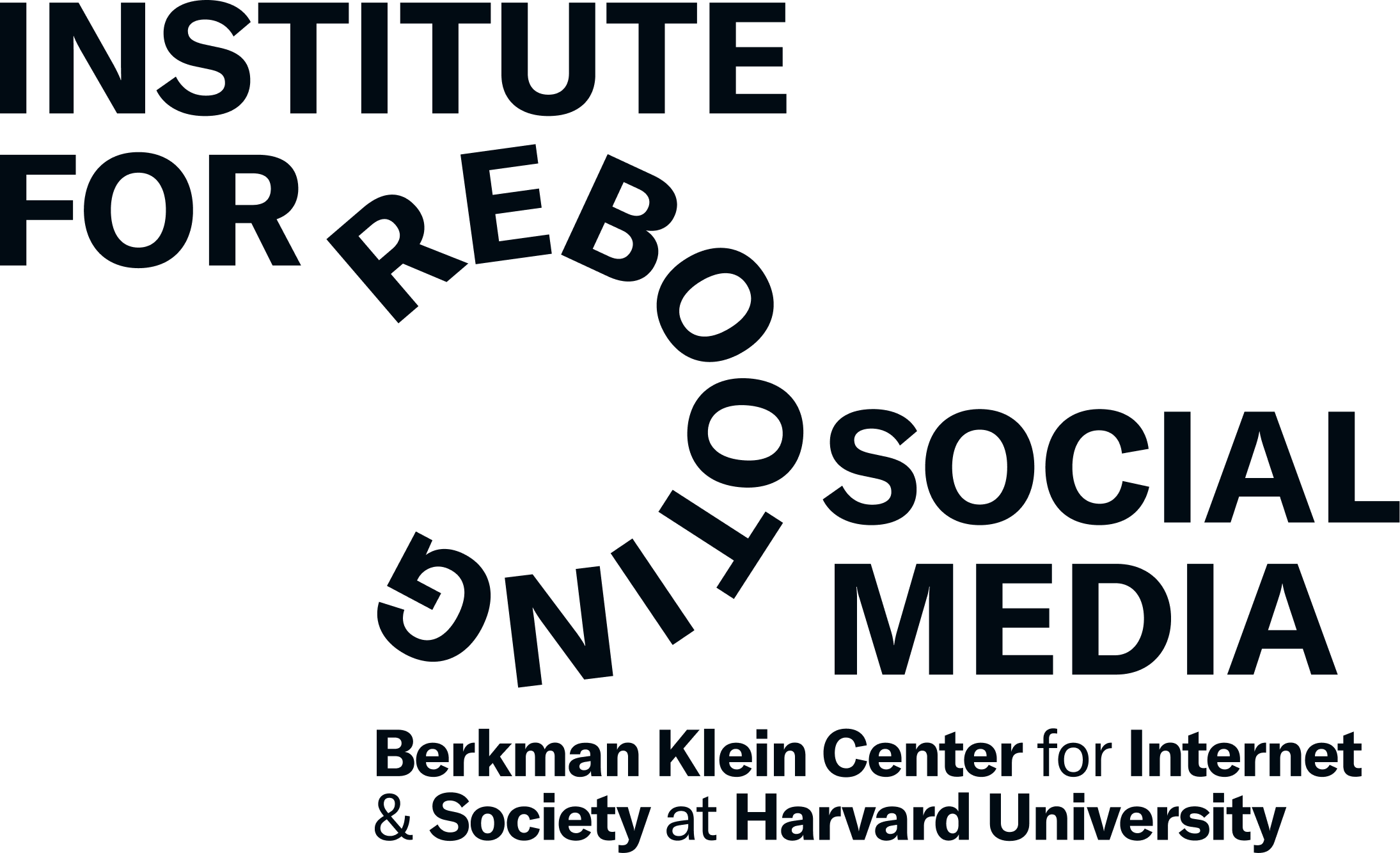


The online harassment of journalists poses a threat to democracy that demands systemic solutions
RSM Research Assistant Klaudia Jaźwińska argues that protection against online harassment of journalists must take a systemic approach rather than an individual approach.
This post was originally published on November 17, 2021 to RSM’s former Medium account. Some formatting and content may have been edited for clarity.
There are enormous benefits to journalists and their coverage from social media, but at what cost? Are employers who require journalists to maintain a public presence online inadvertently exposing them to harassment and abuse? What can outlets and platforms do to better protect journalists from the forces of mob censorship?
Social media harassment poses a real threat to journalists, journalism, and democracy. Too often, the onus to avoid or prevent abuse falls on individuals. How might journalists and concerned citizens encourage outlets and platforms to look toward more systemic solutions?
The advent of social media was a defining moment for the practice of “reciprocal journalism”, where journalists act as community builders by fostering mutually beneficial interactions with their readers, listeners, and viewers.
Social media platforms have allowed journalists to reach their audiences in new ways, crowdsource story ideas and information, and connect with new kinds of sources. In turn, audiences were given more opportunities to provide feedback as well as have more influence over the news agenda.
However, there is growing concern from media scholars that the collapse of boundaries between audiences and the press enabled by social media platforms might actually be having a deleterious impact on journalists, journalism, and democracy.
While there are many ways that social media can enrich the work of journalists, it is also making it increasingly more difficult for them to do their jobs. Online harassment — including threats of violence and harm — has been identified as the biggest risk perceived by journalists working in the U.S. and Canada.
Journalists are routinely harassed online, which has negative effects on them personally and risks influencing their coverage.
Online harassment is enabled by people’s easy access to journalists via digital platforms, the ubiquity of trolling cultures online, and the populist demonization of the press. Attacks are often triggered by high-profile stories, political content, or articles that receive an unusual amount of attention in right-wing media.
Though many journalists deal with incivility on social media, women are more frequent targets of harassment and sexualized or misogynist hate speech. Because of their greater visibility, female television journalists have been found to be among the most frequent subjects of online harassment, often in the form of unwanted sexual advances.
A 2020 Amnesty International survey of tweets received by journalists and politicians from the UK and US found that 7% of tweets sent to the women in the study were “problematic” or “abusive”. Women of color were, on average, 34% more likely to be mentioned in abusive or problematic tweets than white women; black women were 84% more likely than white women to be mentioned.
In a 2020 report from UNESCO and the International Center for Journalists (ICIJ) that surveyed more than 700 female-identifying journalists across 113 countries, 75% of respondents said they experienced online violence, often by “anonymous or unknown attackers”, and 20% said they had been attacked or abused offline in incidents seeded online. Facebook was rated the least safe of the top platforms used by participants; nearly twice the number of respondents described it as “very unsafe” compared to Twitter.
Online harassment can cause mental trauma, emotional stress, or loss of motivation for journalists. The International Women’s Media Foundation (IWMF) found in 2018 that one in three women journalists have considered leaving the profession entirely as a result of online abuse.
Having to balance their professional duties against the need to protect themselves online puts journalists in a difficult position. Dealing with harassment and trolling not only requires a great deal of effort and resources, it also takes an emotional toll and can undercut their ability or willingness to do their jobs — which may be the intended result.
Is social media being weaponized to censor journalists?
Silvio Waisbord, a professor of media and public affairs at George Washington University, argues that online harassment is not a form of press criticism, but rather mob censorship, which he defines as “bottom-up, citizen vigilantism aimed at disciplining or silencing journalists.” Intimidating members of the press is a low-cost action that can reap long-term consequences.
It is typically understood that journalists should maintain a certain degree of decorum online to uphold their legitimacy and professional image, which means individuals might avoid publicly opining on topics that might call into question the objectiveness of their work. However, being afraid to discuss or cover subject areas because they might provoke harassment could have a chilling effect on their reporting, which in turn could have devastating implications for democracy.
Waisbord says that these threats demand innovative responses at the individual, institutional and social level; however, the journalism industry is currently ill-equipped to tackle this issue in a systematic manner.
While online harassment of journalists is a systemic, information ecosystem-level problem, the responses are too often centered around individual action.
In recent years, organizations have worked to fill the gap in support for journalists by releasing resources and digital safety guides to address the kinds of online abuse experienced by journalists. However, much of the support they offer centers around individual-focused actions, when at their core, these are systemic problems.
Despite being such a big issue, Chen et al. found that online harassment is significantly underreported, often because journalists feel as though their newsrooms lack the necessary resources for addressing these issues or preventing them from occurring.
Studies have revealed that journalists who face this kind of harassment feel that their employers offer little support for handling or circumventing abuse. An UNESCO-IFIJ report found that only 25% of journalists surveyed reported incidents of online violence to their employer, and those who did said they received either no response, were told to “grow a thicker skin” or “toughen up”, or were asked what they did to provoke the attack. When journalists do get recommendations, often, it is about how to better individually protect themselves by taking steps to minimize their risk of hacking, phishing, surveillance and harassment.
It is important that journalists have the ability to report harassment to upper management with the knowledge that they will be listened to and that their concerns will be addressed. After all, many news outlets, having been inundated with an overwhelming amount of offensive and inappropriate submissions, have resorted to disabling the comments sections for most or all of their content. If publications can’t contain the kinds of vitriol that happens on their sites, why should individual journalists have to navigate that kind of vitriol all on their own?
“If media outlets are going to have their employees engage online,” write Chen et al., “they must see it as part of their responsibility to prepare these employees and ensure their safety, including supporting them in taking legal action against violators if necessary.”
Waisbord, the GWU professor, urges newsrooms to collect and analyze data on perpetrators of online abuse, the platforms they used for attacks, and the kinds of messages they send. Furthermore, they should engage with social media companies to identify sources and coordinate responses.
Social media platforms like Twitter and Facebook also provide safety guides for journalists, but these, too, are reactive and centred around individual action. The resources released by Twitter and Facebook include advice about securing accounts, reporting violations, and adjusting filters and conversation settings. There is no mention of actions the companies are taking to reduce the degree and influence of digital vitriol levied against the press on their platforms.
In reviewing related resources and academic literature, I found too little discussion of measures social media platforms can take to better protect and support journalists, especially from US organizations. However, there have been a few international efforts on this front. In November 2020, the International Federation of Journalists (IFJ) called on world governments and social media platforms to introduce binding steps to act against online violence. And in Australia, the Media, Entertainment and Arts Alliance has called for an industry-wide effort by media organizations to combat the prevalence of online harassment and abuse of women media workers.
Looking forward: Conceptualizing systemic responses to address the online harassment of journalists.
The online harassment of journalists is a systemic problem, one that cannot simply be addressed through individual action. Because maintaining a social media presence is either a tacit or explicit requirement for most journalists, it is imperative that outlets and platforms take action to ensure that this facet of their job does not expose journalists to greater risk or prevent them from being able to fully perform their other professional duties.
Social media platforms, policymakers and the journalism industry need to recognize the role they can play in curbing online harassment and mob censorship. In a recent example, PEN America — a nonprofit that works to protect free expression — urged platforms to take “proactive measures that empower users to reduce risk and minimize exposure; reactive measures that facilitate response and alleviate harm; and accountability measures to deter abusive behavior.” It is important that citizens and journalists amplify such calls and pressure platforms to act to defend press freedoms.
Of course, it must also be underscored that the experience of online harassment is certainly not unique to journalists — everyone who is attacked online deserves support. The solutions designed to protect the press online should therefore also be extended to other vulnerable users to ensure the safety of online discourse. After all, the repercussions of mob censorship hurts all of us, so we must all have a stake in overcoming this problem.
Klaudia Jaźwińska is a researcher and journalist whose work centers around media, technology, labor, and ethics. She was a graduate research assistant at the Berkman Klein Center in the summer of 2021 and currently works as a research specialist at Princeton University’s Center for Information Technology Policy. Klaudia is a Marshall Scholar, a FASPE Journalism Fellow, and an alumna of the London School of Economics, Cardiff University and Lehigh University.
This is an independent project developed while the author was working as a research assistant for the Institute for Rebooting Social Media at the Berkman Klein Center for Internet & Society at Harvard University. The Institute for Rebooting Social Media is a three-year, “pop-up” research initiative to accelerate progress towards addressing social media’s most urgent problems. Research assistants conducted their work independently with light advisory guidance from Berkman Klein Center staff.


